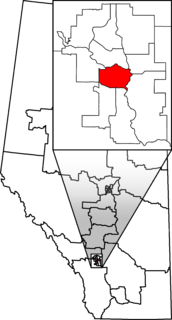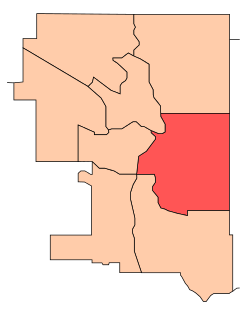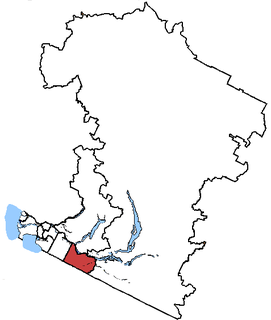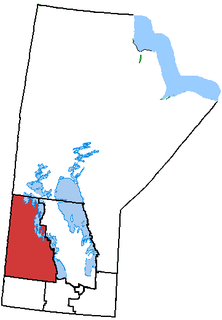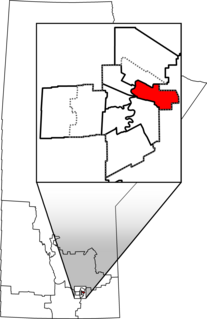This is a list of the Canadian electoral districts used between 2003 and 2013. During this period, the House of Commons of Canada had 308 seats. This arrangement was used in the 2004 federal election, the 2006 federal election, the 2008 federal election and the 2011 federal election.

An electoral district in Canada, also known as a "constituency" or a "riding", is a geographical constituency upon which Canada's representative democracy is based. It is officially known in Canadian French as a circonscription, but frequently called a comté (county).

The House of Commons of Canada is a component of the Parliament of Canada, along with the Sovereign and the Senate. The House of Commons currently meets in a temporary Commons chamber in the West Block of the parliament buildings on Parliament Hill in Ottawa, while the Centre Block, which houses the traditional Commons chamber, undergoes a ten-year renovation.
Contents
- Alberta — 28 seats
- British Columbia — 36 seats
- Manitoba — 14 seats
- New Brunswick — 10 seats
- Newfoundland and Labrador — 7 seats
- Northwest Territories - 1 seat
- Nova Scotia — 11 seats
- Nunavut — 1 seat
- Ontario — 106 seats
- Prince Edward Island — 4 seats
- Quebec — 75 seats
- Saskatchewan — 14 seats
- Yukon — 1 seat

